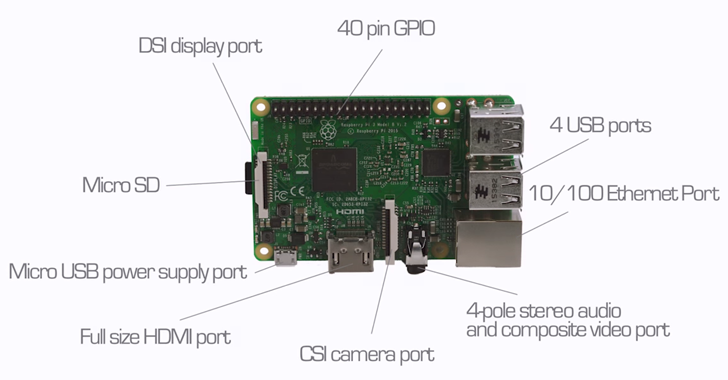Intel's tick-tock product development cycle is disturbed. The cadence of launching a new CPU microarchitecture on a given silicon fab process, miniaturizing it to a smaller fab process, and then launching an even newer micro-architecture on that process; is about to change with the company's 7th generation Core "Kaby Lake" processor. When launched, it would be the third microarchitecture built on the company's 14 nm process, besides "Skylake" (current new architecture) and "Broadwell" (miniaturization of "Haswell" to 14 nm.) Some of the very first documents related to Kaby Lake began to move about, making news along the way. The architecture is scheduled to launch along with its companion 200-series chipset some time in 2016.
To begin with, Core "Kaby Lake" will continue to be built on the LGA1151 package, and will likely be backwards compatible with existing 100-series chipset motherboards with a firmware update. From what we get to understand from leaked material, it will not be a vastly newer architecture than Skylake, at least not of the kind Skylake was to Broadwell. There are still CPU performance enhancements on offer, an "enhanced full-range BClk overclocking," which could mean improved overclocking on chips with upwards-locked multipliers (although we won't get our hopes too high and call it a return of the BClk overclocking era). A bulk of the R&D will fall into improving the integrated graphics, to support multiple 5K displays, 10-bit HVEC and VP9 hardware-acceleration; platform-integrated Thunderbolt 3, and platform interface support for Intel Optane (3D XPoint memory).























